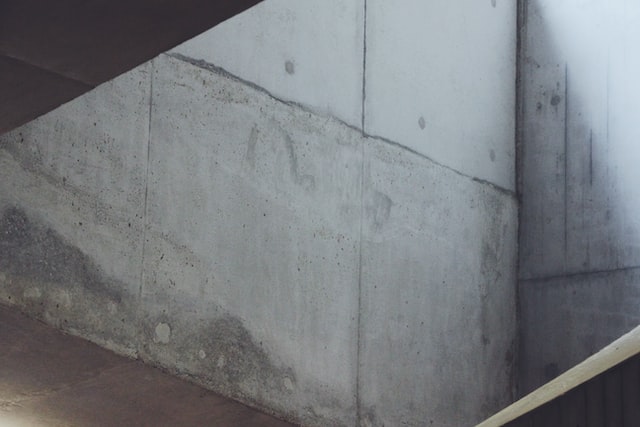How to Get Rid of Mold and Dampness at Home
Damp and mold can be a real headache to try and get rid of in terms of the effects on your home and your health. It is crucial to take action quickly against dampness and mold, or else you run the risk that it will spread even further, causing more damage.
This article will identify if you have a problem with dampness or mold in your home, plus some great tips on how to get rid of it (and stop it from coming back). So if you're having problems with dampness and mold at home, read on for advice on tackling the issue head-on.
Identify the source of the mold or dampness and fix it
When attempting to rid your home of mold and dampness, it is essential to identify the root cause of the problem so that any remedial work is practical. It could include ensuring that all rooms are adequately ventilated and reviewing any old plumbing installations or roof repair work that may be leaking.
In most cases, find the source of the dampness and prevent it from entering in the first place by fixing any underlying problems and taking action now. In contrast, minor issues prevent them from becoming much more significant and harder to tackle later.

Use a dehumidifier to reduce moisture levels in the air
Once you have identified and fixed the cause of the problem, it's time to start thinking about removing the existing dampness or mold. The quickest and most effective way to do this is by reducing moisture levels in the air using dehumidifiers. It draws moisture from the air and deposit it into a container that needs to be emptied regularly.
Dehumidifiers come in all shapes and sizes so that you can find one suitable for your living space. Using dehumidifiers can help quickly reduce the moisture in the air, making it much easier to tackle any mold or damp problems in your home.
Install insulation in your home to prevent condensation from forming on cold surfaces
Another way to prevent condensation and dampness problems in your home is by installing insulation. Insulation acts as a barrier between the walls or roof and outside air, helping to keep the inside of your home at a consistent temperature.
It helps reduce the amount of condensation that can form on cold surfaces during winter. As well as helping to prevent dampness, this also helps to improve your home's energy efficiency, as insulation keeps warm air inside and cold air out.
Clean affected surfaces with an anti-mold solution
Once you have tackled the root cause of the problem and reduced moisture levels, it's time to think about cleaning up any remaining mold or dampness. When cleaning affected surfaces, use an anti-mold solution, as this will help kill any remaining mold spores and prevent them from spreading.
You can buy ready-made anti-mold solutions from most DIY or hardware stores or make your own with a mix of water and white vinegar. Once applied, use a cloth or brush to scrub away any remaining mold before rinsing the surface and allowing it to dry.
Clean mold with a detergent and water solution
If the mold is particularly stubborn, it can help to make a detergent and water solution and use this in conjunction with a scrubbing brush to remove any remaining mold. Make sure to wear rubber gloves while doing this, as the cleaning solution may irritate your skin if it comes into contact with it. Once you have finished cleaning, allow the surface to dry thoroughly before applying any anti-mold solution or painting over the area.
Seal any cracks or holes in your home's exterior that could be letting in moisture
Check your home's exterior for any cracks or holes in the walls, roof, or windows that could let in moisture. Any gaps should be filled with sealant or caulk to ensure they are waterproof and not letting in any moisture from outside. Ensuring you have a solid defense against external dampness is essential in preventing future mold or damp problems.
Ventilate your home by opening windows and using fans to create airflow
Ventilation is critical in preventing mold and dampness in your home. Make sure to open windows regularly and use fans to create airflow throughout the house. It will help to reduce moisture levels by removing any trapped moisture from the air, reducing the chances of mold forming.
Also, ensure that bathrooms, kitchens, and laundry rooms have good ventilation, as these areas are particularly prone to dampness. Extractor fans and dehumidifiers can also help reduce the air's moisture, further preventing mold or damp problems from occurring.

In conclusion
You can take many steps to get rid of mold and dampness at home. Make sure to tackle the root cause, such as high air moisture levels or condensation on cold surfaces, by dehumidifying your house and installing insulation where needed. Once this is done, clean any affected surfaces with an anti-mold solution, seal any cracks or holes in your home's exterior, and ventilate your house by opening windows and using fans to create airflow. Following these steps will help prevent future mold or damp problems.